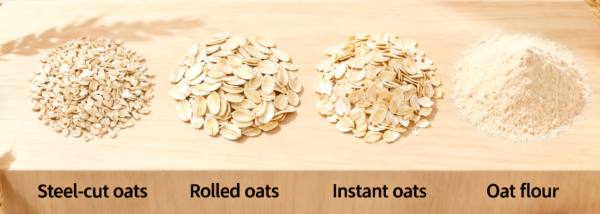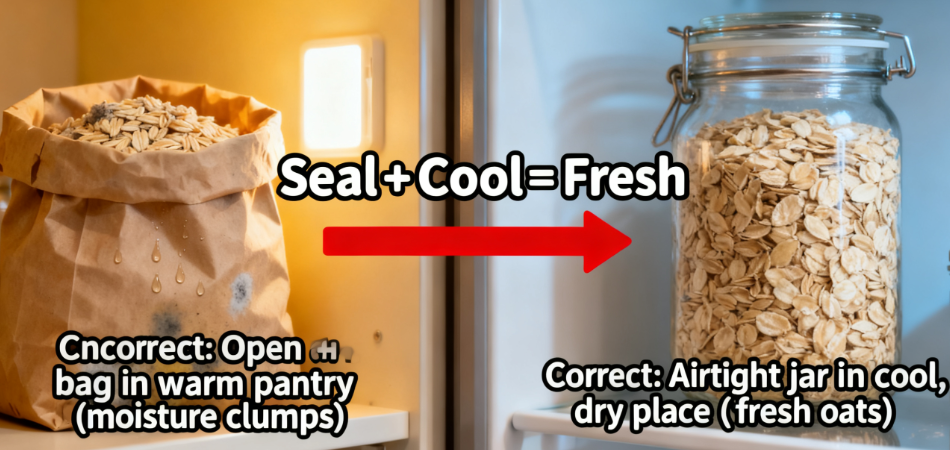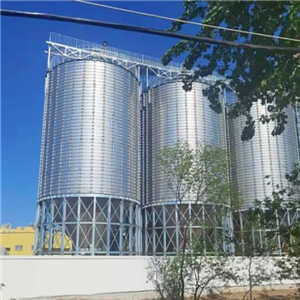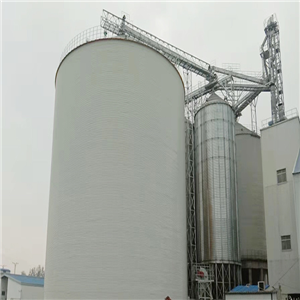If you’re someone who loves a quick, healthy breakfast, chances are you’ve reached for oats more than once. A warm bowl of oatmeal topped with fruit, nuts, or a drizzle of honey—simple, comforting, and supposedly good for you. But beyond being a "go-to" breakfast food, oats have a lot of hidden secrets: not all oats are the same, they’re packed with unique nutrients, and there are even mistakes we often make when eating or storing them. Let’s dig into the world of oats and uncover these interesting facts.

Not All Oats Are Equal—Here’s How to Tell Them Apart
Walk down the cereal aisle, and you’ll see different types of oats: rolled oats, steel-cut oats, instant oats… Do you ever wonder what makes them different? It all comes down to how the oat grain (called an "oat groat") is processed—and each type has its own texture, cooking time, and best uses.
Steel-cut oats are the least processed. They’re made by chopping oat groats into small pieces with a steel blade, so they look like tiny brown kernels. They have a chewy, nutty texture and take the longest to cook (usually 20-30 minutes). Because they’re less processed, they keep you full longer—perfect for busy mornings when you need sustained energy.
Rolled oats (also called "old-fashioned oats") are made by steaming oat groats and rolling them flat with large rollers. This process softens the oats and shortens cooking time (about 5-10 minutes). They have a flaky texture and work well for oatmeal, granola, or even homemade energy bars.
Then there are instant oats—the most processed type. They’re rolled extra thin and often pre-cooked, so you just need to add hot water or milk to enjoy them in 1-2 minutes. While they’re convenient, many instant oat packets have added sugar, salt, or artificial flavors—so always check the label if you’re choosing this option.
And don’t forget oat flour! It’s made by grinding oat groats into a fine powder, which is great for gluten-free baking (since oats are naturally gluten-free, though cross-contamination can happen during processing).
Why Oats Are a "Superfood"—The Nutrients That Make Them Stand Out
Oats often get called a "superfood," and for good reason—they’re loaded with nutrients that are hard to find in other common grains, especially one key component: beta-glucan.
Beta-glucan is a type of soluble fiber that’s unique to oats. When you eat oats, this fiber dissolves in water and forms a gel-like substance in your gut. This gel does two amazing things: first, it slows down digestion, which helps keep you full for hours (no more mid-morning hunger pangs!). Second, it helps lower "bad" cholesterol (LDL) by binding to cholesterol particles in your body and carrying them out—great for heart health.
But beta-glucan isn’t the only star. Oats are also a good source of plant-based protein (about 5-6 grams per cooked cup), which is more than most other grains like rice or wheat. They have B vitamins to boost energy, iron to support healthy blood, and magnesium to keep your muscles and nerves working well. Plus, they’re high in antioxidants called avenanthramides, which help reduce inflammation in the body.
Common Oat Mistakes to Avoid—For Better Taste and Nutrition
Even though oats are easy to enjoy, there are a few mistakes many of us make that can take away from their taste or nutritional value.
First, overcooking rolled or steel-cut oats. If you cook them too long, they can turn mushy and lose their texture. Follow the cooking time on the package—steel-cut oats need more time, but rolled oats should be tender but still have a slight bite.
Second, choosing flavored instant oats without checking the label. As mentioned earlier, many flavored packets are packed with added sugar (sometimes up to 10 grams per serving!). Instead, buy plain instant oats and add your own toppings—fresh fruit, a spoonful of peanut butter, or a pinch of cinnamon—to keep it healthy and tasty.
Third, storing oats incorrectly. Oats are sensitive to moisture and heat—if you leave them in an open bag in a warm pantry, they can go stale or even get moldy. The best way to store oats is in an airtight container (like a glass jar or plastic bin) in a cool, dry place. Unopened oats can last up to a year, but once opened, try to use them within 2-3 months.
Liaoning Qiushi: Protecting Oat Quality with Professional Storage Solutions
For farms, food manufacturers, or grain depots that store large quantities of oats, keeping them fresh, nutritious, and free from spoilage is a big challenge. Oats’ sensitivity to moisture and pests means they need specialized storage—and that’s where Liaoning Qiushi Silo Equipment Engineering Co., Ltd. (Liaoning Qiushi) comes in.

As a leader in grain storage solutions, Liaoning Qiushi offers customized systems designed specifically for oat storage. Their intelligent silos use advanced sensors to monitor temperature and humidity in real time, ensuring the environment stays dry and cool—preventing mold growth and nutrient loss. For pest control, they use green, chemical-free technologies like nitrogen-controlled atmosphere storage, which keeps pests away without harming the oats’ natural nutrients or flavor.
Whether you’re storing raw oat groats for processing into rolled oats or oat flour, or keeping packaged oats fresh for distribution, Liaoning Qiushi’s solutions ensure your oats maintain their quality from storage to shelf. To learn more about our oat storage services or discuss how we can support your business, visit our official website at www.qssilo.com or contact our team via email at sales@qssilo.com.






